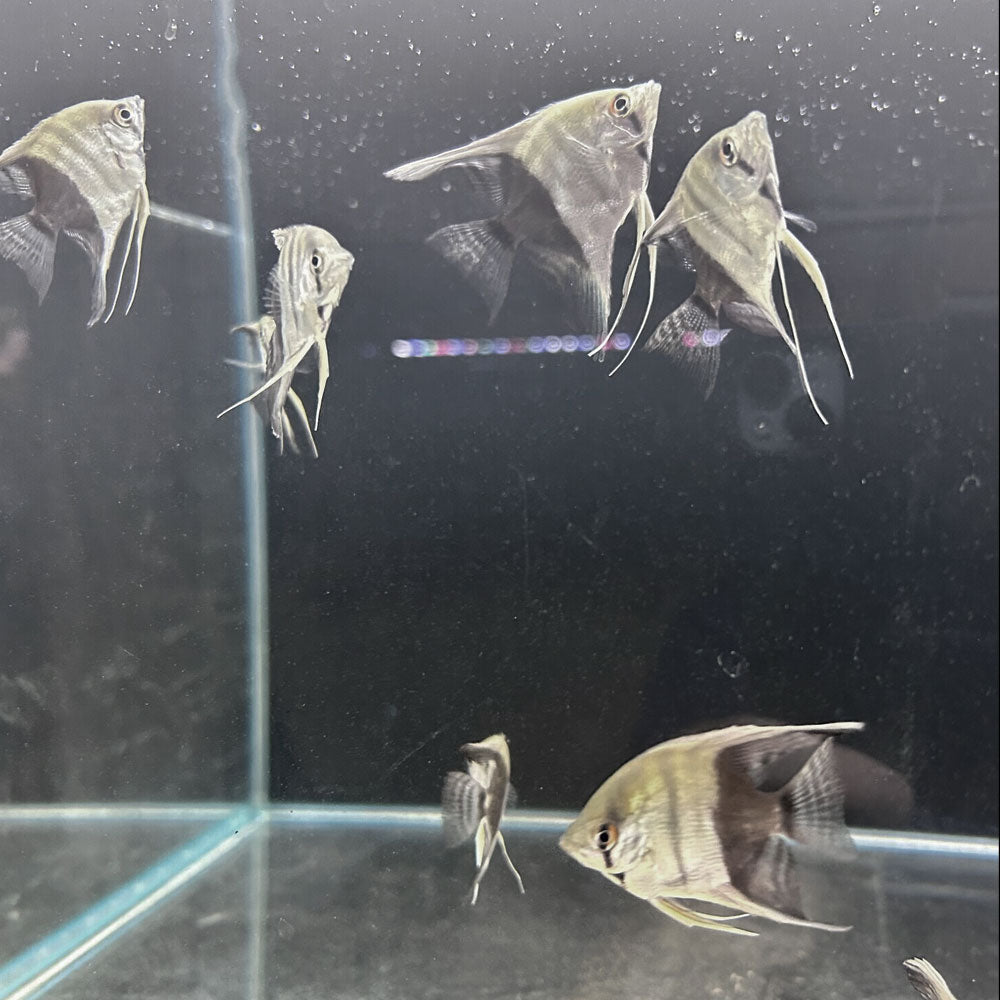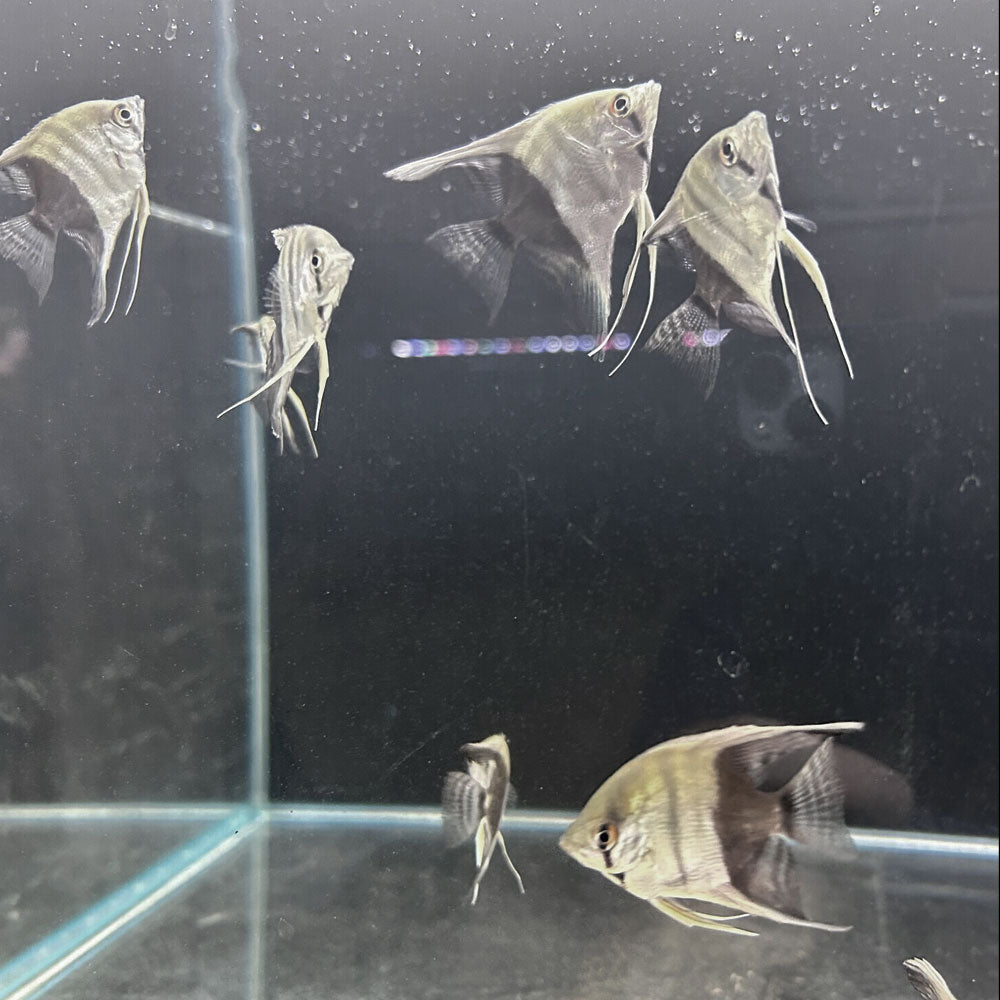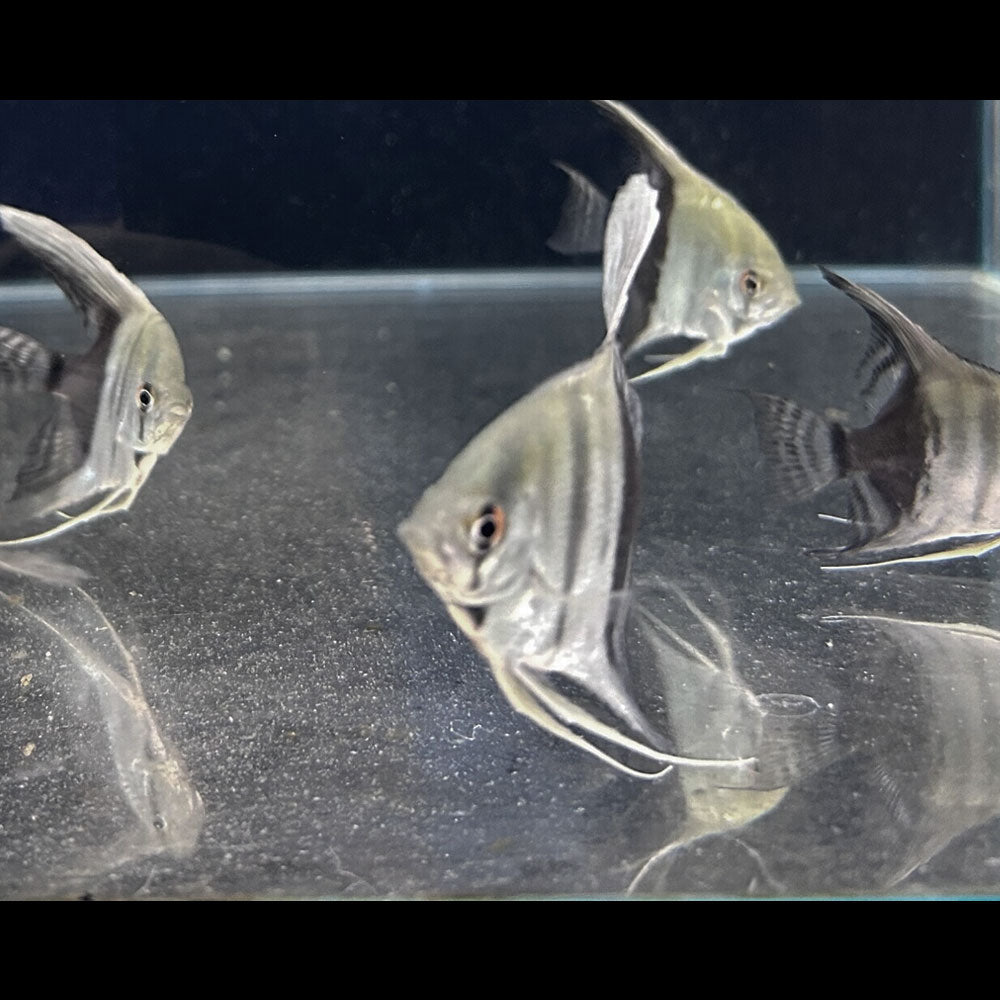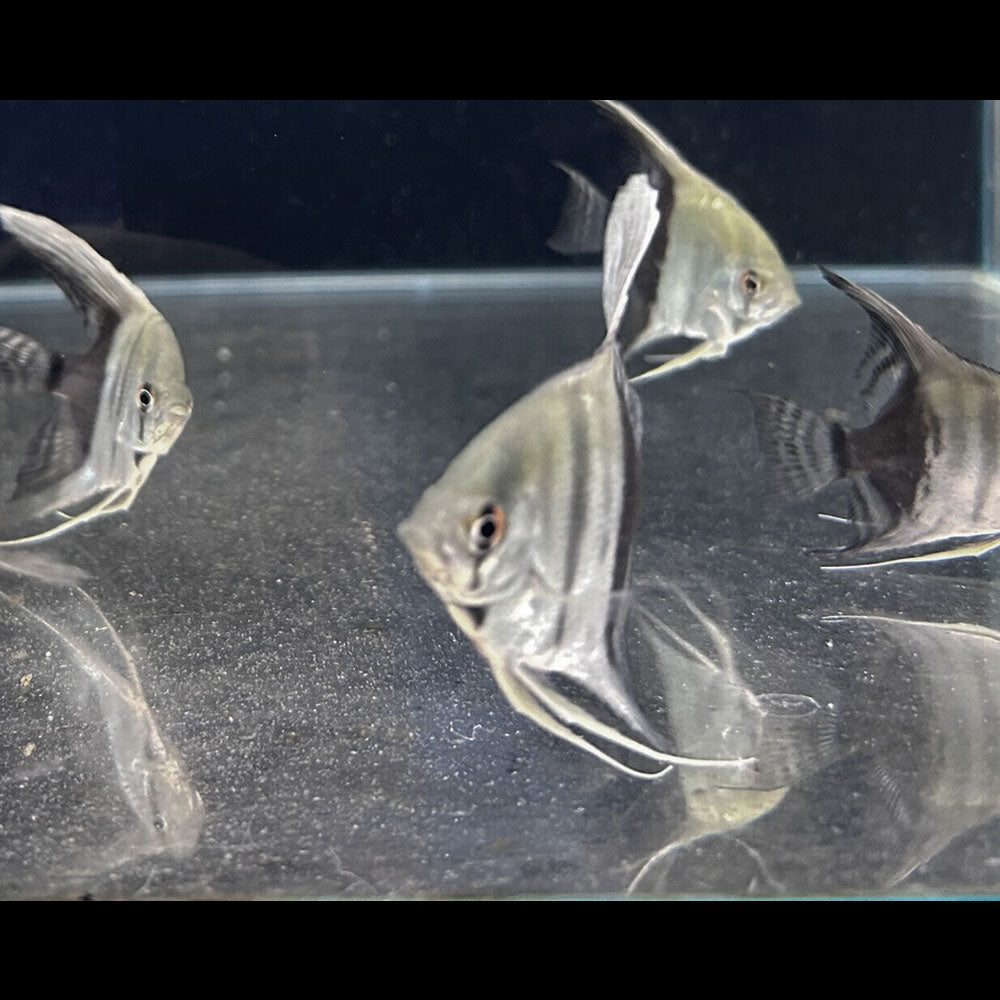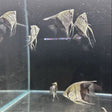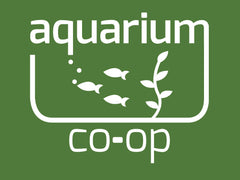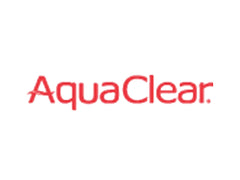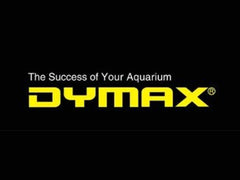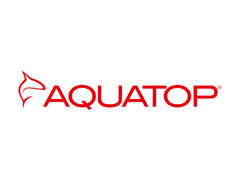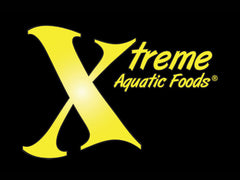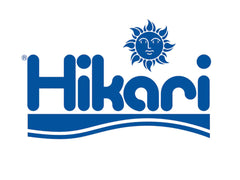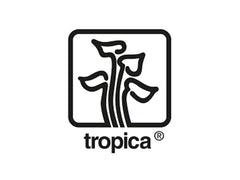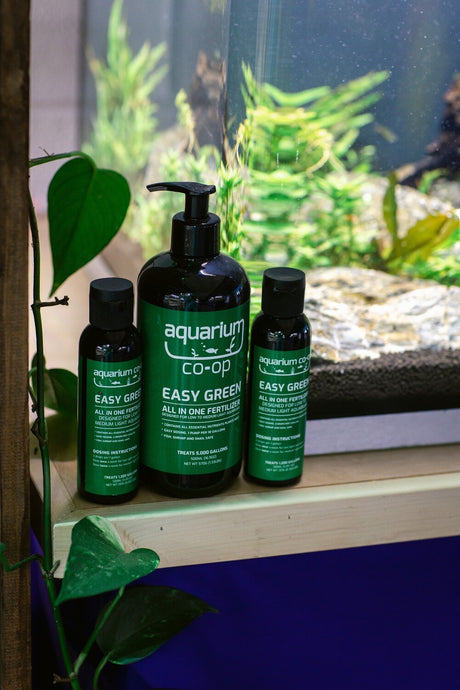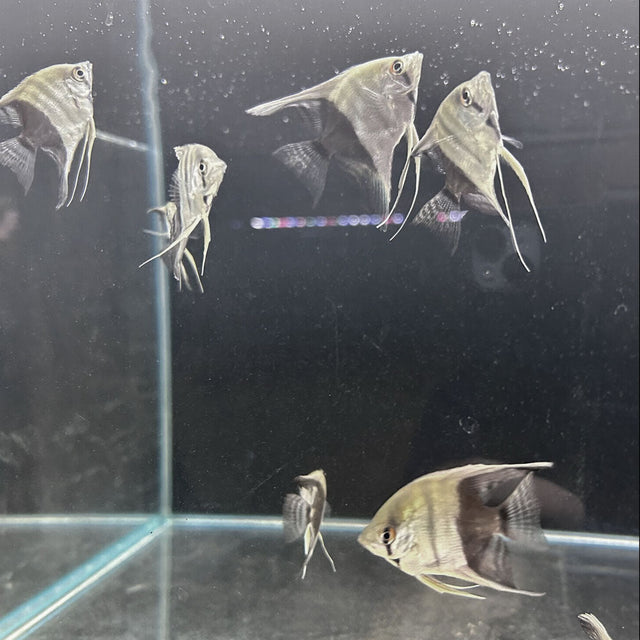Bi-Colour Angelfish Medium
Bi-Colour Angelfish Medium is backordered and will ship as soon as it is back in stock.
Delivery and Shipping
Delivery and Shipping
Product Refunds & Returns
- Returns can be processed within 14 days from purchase.
- To return products, they must be in original condition
- Shipping expenses are not refundable
- If your items have been damaged in shipping, please contact us within 24 hours of receipt with photos, and we will assist you.
Livestock Refunds, Returns, & Surrenders
- If you are unhappy with your livestock for any reason, you can bring it back within 72 hours for a full refund; we do not pick up returns
Bi-Colour Angelfish Medium
Description
Description
Bi-Color Angelfish, in the context of the aquarium trade, typically refers to a variant of the popular Pterophyllum scalare, commonly known as the freshwater angelfish. These medium-sized angelfish are known for their distinctive color patterns, where two distinct colors or shades are prominently displayed on their bodies.
The term "Bi-Color" suggests that these angelfish showcase two primary colors or contrasting shades, which can include combinations of black, white, silver, gold, or other hues. This vibrant coloration adds visual interest and appeal to aquariums, making them a popular choice among aquarists.
The Bi-Colour Angelfish (also known as the Blue and Gold Angelfish or the Half-Black Angelfish) is a beautiful species often sought after for its striking appearance. Here are details about this fish:
Fish Type: Bi-Colour Angelfish (Centropyge bicolor)
1. Temperature: They thrive in temperatures between 72°F to 78°F (22°C to 25°C).
2. Minimum Size Tank: Ideally, a tank size of at least 30 gallons is recommended for a single Bi-Colour Angelfish.
Feeding Habits: Bi-Colour Angelfish are omnivores. Their diet typically consists of a variety of foods including high-quality flake food, small crustaceans, spirulina, marine algae, and frozen preparations. Offering a diverse diet helps maintain their health and coloration.
Habitat Preference: They are commonly found in the Indo-Pacific region, especially around the coral reefs. Providing a tank environment with ample live rock for hiding places and algae growth is favorable. They prefer environments with plenty of hiding spots and open swimming areas.
Water pH Level: The recommended pH level for Bi-Colour Angelfish is between 8.1 to 8.4.
Behavior: These angelfish are generally peaceful but may exhibit some territorial behavior, especially in smaller tanks or when housed with similar species. They may become aggressive towards other angelfish or members of their own species. Introducing them last to a community tank can help minimize aggression.
They are not schooling fish but can be kept singly or in a mated pair. Keeping them in pairs might require a larger tank with sufficient space and hiding spots.
Other Details:
- They require a well-established tank with stable water conditions.
- Ensure proper lighting in the tank, as they prefer areas with moderate to low lighting.
- Regular water changes and a well-maintained tank are crucial for their health.
- They may be sensitive to high nitrate levels, so water quality monitoring is important.
Remember, while these are general guidelines, individual fish might have specific needs or behaviors, so close observation and adaptation to their requirements are essential for their well-being.
Specifications
Specifications
-
CategoryCichlids
-
Species TypeAngelfish
-
Water Temperature
-
Minimum Tank Size30 Gallons
-
Water pH LevelAcidic, Neutral
-
Habitat PreferenceDriftwood, Hiding Spots, Planted Tanks
-
BehaviourSemi-aggressive, Community Fish, Solitary
Payment & Security
Payment methods
Your payment information is processed securely. We do not store credit card details nor have access to your credit card information.

